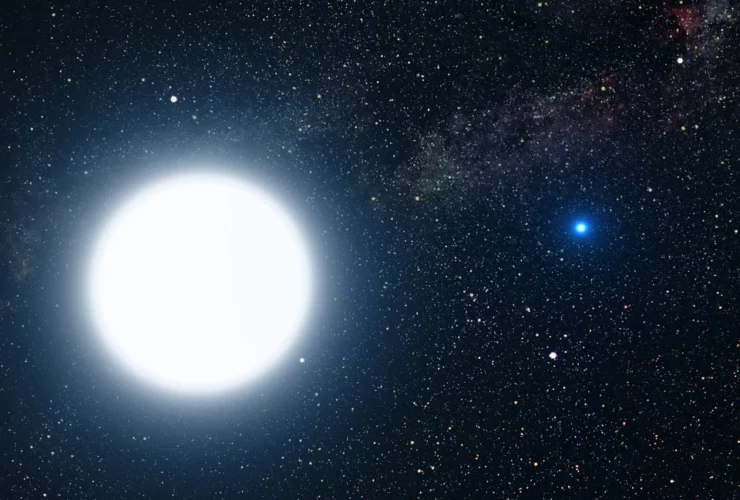In a cosmic neighborhood not too far from our own, astronomers have uncovered a tantalizing discovery: a ‘super-Earth‘ named HD 20794 d, orbiting a star eerily similar to our Sun, just 20 light-years away. This exoplanet, boasting a mass six ...
The search for extraterrestrial life has long been guided by Earth-based assumptions, from the biochemistry that drives living cells to the conditions required for their survival. Yet emerging research suggests that alien organisms may not rely on carbon backbones, DNA, ...
From all the billions of trillions of stars that exist in the Universe, the M dwarfs are the most abundant type. Surely the exact number of stars is unknown, but astronomers are pretty sure that they are more prevalent than ...
There are countless reports across the world about UFO sightings. There are plenty of mysteries and wonders out there in the world. How could a civilization of thousands of years old build something so complex and precise as the Egyptian ...
The presence of methane in the atmosphere, if life is prevalent throughout the cosmos, could be the clearest observable indicator of life outside of Earth that scientists can discover. There are several situations that might be used to support the ...
In the region of a fading sun, scientists believe there might be a planet that could support life. If verified, it could be the first instance a possibly habitable planet has been discovered circling a white dwarf star. The planet ...
Aliens must be out there, somewhere. Humanity suspects it for centuries. Humans have imagined how alien life would look like and transposed it into sci-fi movies, cartoons, video games, toys, and so on. The funny thing is, extraterrestrial friends might ...
There are two major scientific theories explaining how life might have started on our planet: panspermia and the so-called “primordial soup”. Whether scientists like to admit it or not, there are plenty of questions left unanswered regarding both theories. The ...
Can anything live on Venus? Of course, the planet has scorching temperatures, a crushing atmospheric pressure, and so on, but it’s still one of the few rocky planets from our Solar System. The presence of the phosphine gas in the ...
Enceladus, meaning one of the moons of Saturn, has captured the attention of astronomers for plenty of time due to its traits. The Cassini space probe has revealed that Enceladus hides an entire global ocean of liquid salty water beneath ...
At a first astronomical glance, Jupiter is nothing but a huge wasteland dozen times bigger than Earth. Our neighbouring planet is not even solid, as it’s made almost entirely of gases, such as hydrogen and helium. Common sense tells us ...



















